- Automobiles & Motorcycles
- Beauty & Personal Care
- Business Services
- Chemicals
- Construction & Real Estate
- Consumer Electronics
- Electrical Equipment & Supplies
- Electronic Components & Supplies
- Energy
- Environment
- Excess Inventory
- Fashion Accessories
- Food & Beverage
- Furniture
- Gifts & Crafts
- Hardware
- Health & Medical
- Home & Garden
- Home Appliances
- Lights & Lighting
- Luggage, Bags & Cases
- Machinery
- Measurement & Analysis Instruments
- Mechanical Parts & Fabrication Services
- Minerals & Metallurgy
- Office & School Supplies
- Packaging & Printing
- Rubber & Plastics
- Security & Protection
- Service Equipment
- Shoes & Accessories
- Sports & Entertainment
- Telecommunications
- Textiles & Leather Products
- Timepieces, Jewelry, Eyewear
- Tools
- Toys & Hobbies
- Transportation
What is the difference between HPMC K4M and K100M?
HPMC K4M and HPMC K100M are two different grades of Hydroxypropyl Methylcellulose (HPMC), which are widely used in various industries, including pharmaceuticals, construction, and food production. They are both cellulose ethers, but they have different molecular weights and properties, making them suitable for different applications. Let's explore the key differences between HPMC K4M and HPMC K100M:
1. Molecular Weight:
HPMC K4M: HPMC K4M has a lower molecular weight compared to HPMC K100M. The "K" in the name indicates the viscosity grade, and in this case, "K4M" stands for 4,000 centipoise (cps), which indicates its viscosity at a specific concentration.
HPMC K100M: HPMC K100M has a much higher molecular weight than HPMC K4M. The "K100M" stands for 100,000 centipoise (cps), indicating its higher viscosity at a specific concentration.
2. Viscosity and Thickening Properties:
HPMC K4M: HPMC K4M has a lower viscosity, which means it has relatively lower thickening properties compared to HPMC K100M. It is often used in formulations where moderate thickening is required.
HPMC K100M: HPMC K100M has a significantly higher viscosity, making it a more effective thickener. It is used in applications where a higher degree of thickening and gelling is needed.

3. Application in Pharmaceuticals:
Further reading:Accelerate Your Research with Custom Organic Synthesis Services
Is it safe to consume dicalcium phosphate?
Explore the Mystery of Hafnium Wire
What Is Eprinomectin Used For?
Choosing the Right PUR Hot Melt Adhesive: Factors to Consider
What is Sodium sulphide used for?
What is silver powder used for?
HPMC K4M: HPMC K4M is commonly used in pharmaceutical formulations to control the release of active pharmaceutical ingredients (APIs). It is used as a matrix former in sustained-release dosage forms, helping to release the drug over an extended period.
HPMC K100M: HPMC K100M is also used in pharmaceuticals for controlling drug release, particularly in sustained-release formulations. Its higher viscosity allows for a more controlled and prolonged release of the drug.
4. Other Applications:
HPMC K4M: Apart from pharmaceuticals, HPMC K4M is used in various other industries, including cosmetics, personal care products, and food production. It acts as a thickener, stabilizer, and emulsifier in these applications.
HPMC K100M: Similar to HPMC K4M, HPMC K100M finds applications in the food industry, cosmetics, and personal care products. Its higher viscosity makes it suitable for products that require stronger thickening and gelling properties.
In summary, the main difference between HPMC K4M and HPMC K100M lies in their molecular weight, viscosity, and thickening properties. HPMC K4M has a lower molecular weight and viscosity, making it suitable for moderate thickening, while HPMC K100M has a higher molecular weight and viscosity, making it more effective for stronger thickening and gelling applications. The choice between the two grades depends on the specific requirements of the formulation or application, especially in pharmaceuticals and other industries that utilize HPMC for its thickening and controlled-release properties.
Versatile Applications of Zinc Sulfate Monohydrate
Exploring the Versatility of Artificial Grass Adhesive: Top 5 Practical Applications
Will Ivermectin Kill Fleas?
Properties and Applications of SF6 Specialty Gas
Xylazine: Understanding its Uses, Effects, and Risks
What are the uses of bleaching powder?
WHAT ARE SURFACTANTS AND HOW DO THEY WORK?
Related Articles
If you are interested in sending in a Guest Blogger Submission,welcome to write for us!




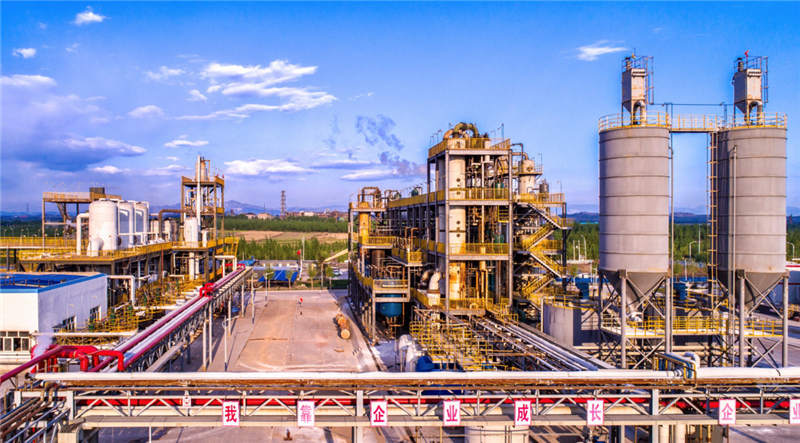
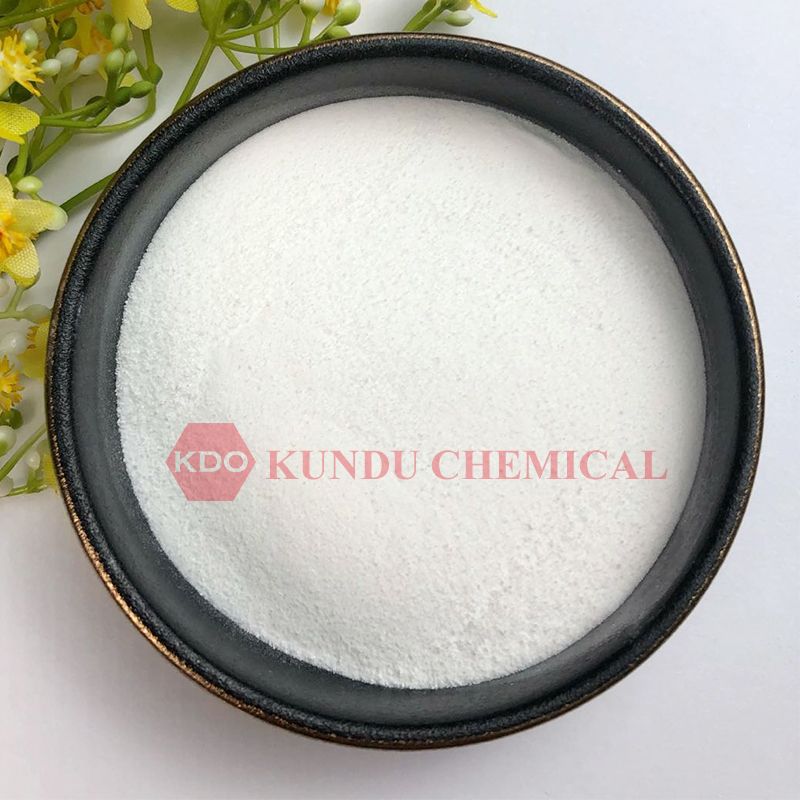
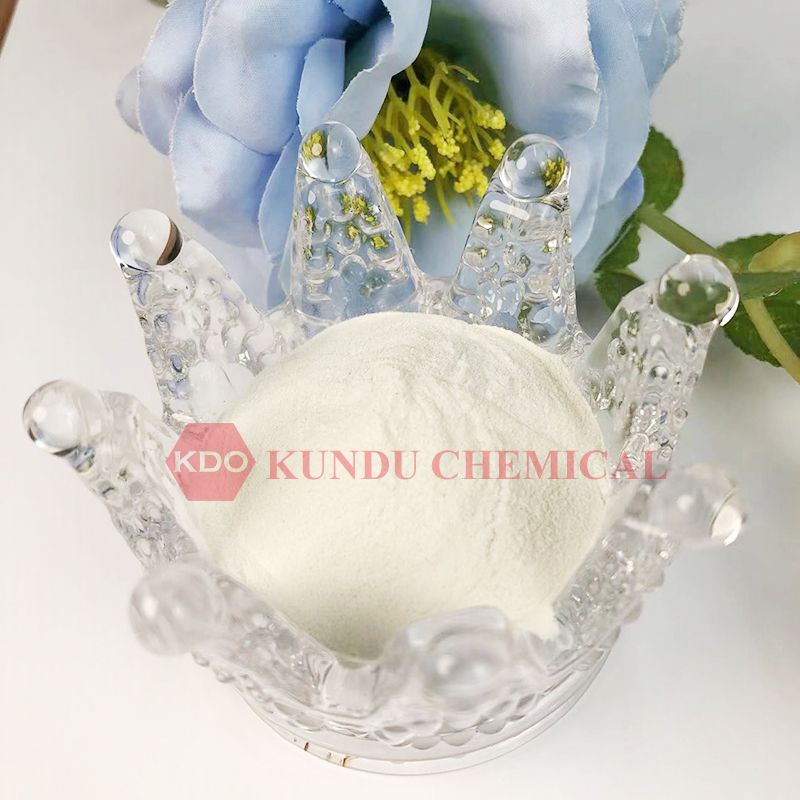

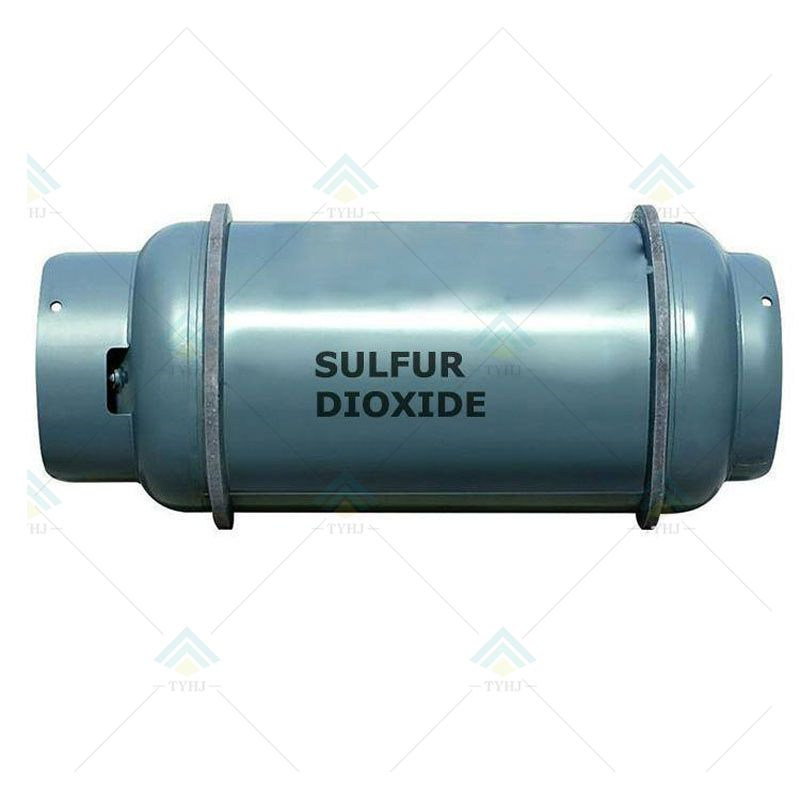
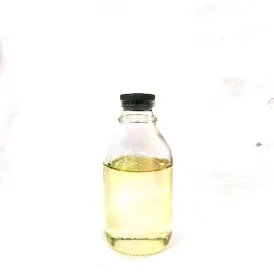
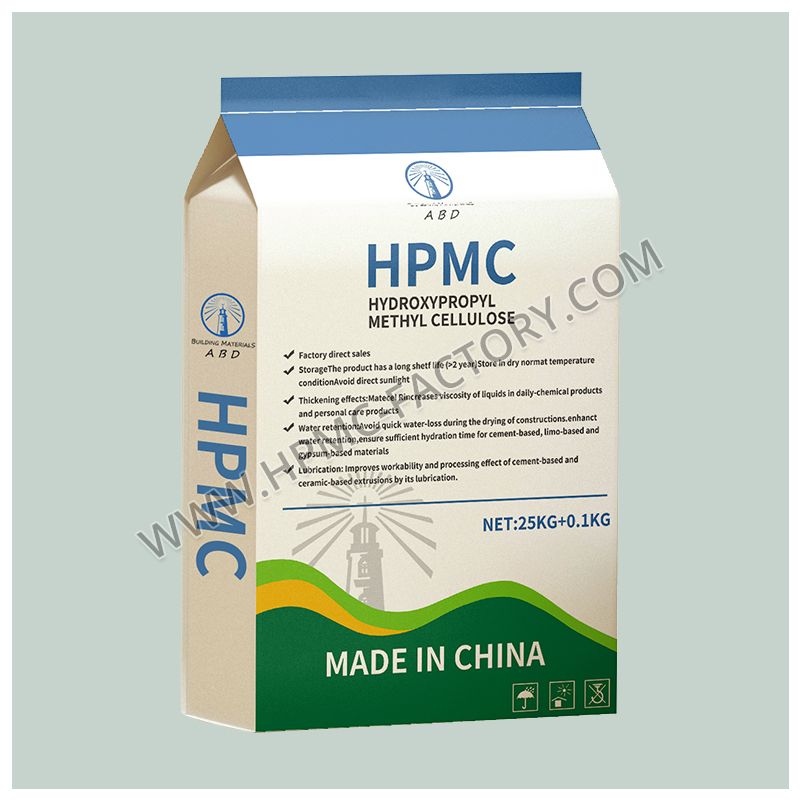

Comments
0